
Beyond religion, beyond class, beyond politics and ideology, for centuries race been the single most contentious, corrosive question in America’s national dialogue. Nothing has illuminated our failings as a people as harshly as our handling of racial strife; nothing has more clearly shown us at our best and our bravest as the victories won by the men and women in the great struggles of the Civil Rights Movement.
For generations who have grown up in a country where blatant segregation is (technically, at least) illegal, it’s beyond bizarre to think that within living memory African-American children once needed armed soldiers to escort them safely to school. But just six decades ago, the president of the United States was compelled to call on combat troops to ensure that nine teenagers in Little Rock, Ark., were protected from the enmity of their classmates and neighbors.
The Little Rock Nine, as the teens came to be known, were black students who sought to attend Little Rock Central High School in the fall of 1957. The Supreme Court had ruled segregated schools unconstitutional in its landmark 1954 Brown v. Board of Education ruling; three years later, states in the South finally began to face the reality of federally mandated integration. It was historic, and dramatic—and for weeks on end, it was profoundly ugly.
Reporters and photographers from across the country traveled to Little Rock, expecting to chronicle the cultural poison unleashed in the South each time strides were made toward full desegregation. In Little Rock, on Sept. 4, 1957 — on the first day of school — the media recorded the scene as 15-year-old Elizabeth Eckford, the first of the nine to arrive, was waved off of school grounds by Arkansas National Guardsmen, their rifles raised.
Arkansas governor Orval Faubus had ordered this armed intervention by guardsmen under the pretense of preventing bloodshed — a scenario, LIFE noted at the time, that many Arkansans felt was unlikely to come to pass. Still, Faubus’s actions proved a successful, if temporary, roadblock.
A profile of Faubus published in the next week’s issue of LIFE noted that the governor spent several days holed up in his Little Rock mansion. Photographer Grey Villet and correspondent Paul Welch were with Faubus during his “self-imposed confinement,” noting in words and photos the man’s routines, which included answering letters from hundreds of segregationists sending cash and letters of support for his anti-integration resolve.
“The governor gulped tranquilizers and ate bland food to appease a troublesome stomach,” Welch wrote, noting that Faubus really seemed to believe that he was acting only with the best intentions for everyone involved in the standoff.
“A man without a great deal of courage would have taken the easy way out and said to the Negroes, ‘Go in there and get hurt,'” Faubus said. “But I’d rather take the criticism than face the prospect that I’d been negligent and caused someone’s death in this integration thing.”
The federal government, meanwhile, didn’t quite buy the governor’s justification for his actions in “this integration thing.” Interrupting his own vacation, President Dwight Eisenhower met with Faubus; shortly afterward, the Arkansas National Guard was removed from the school grounds.
On the heels of that decision came what LIFE deemed “a historic week of civil strife.”
On Sept. 23, the nine students entered Little Rock Central High School for the first time, ignoring verbal abuse and threats from the crowd outside. When the mob realized the students had successfully entered the school, violence erupted, and seven journalists were attacked — including two reporting for LIFE. As the situation deteriorated, school officials, fearing for the students’ safety, dismissed the Little Rock Nine at lunchtime.
The next day, President Eisenhower ordered paratroopers from the 101st Airborne Division to the school, escorting students to the building and singling out troublemakers bent on disrupting the federal mandate. Over the following days, these troops and members of the Arkansas National Guard — Eisenhower had federalized 10,000 guardsman, effectively taking them out from under Faubus’s control — kept the situation in hand, their (armed) presence serving to pacify the more belligerent and strident elements in town.
Here, on the 60th anniversary of the Brown v. Board of Education ruling, LIFE.com presents the work, much of which never ran in LIFE, of no less than six of the magazine’s photographers from Arkansas: Ed Clark, Francis Miller, Grey Villet, George Silk, Thomas McAvoy and Stan Wayman. Each brought his skills to bear on the events in Little Rock and, later, in Van Buren, Ark., in 1957 and ’58, and thus helped keep the desegregation struggle squarely in the public eye.
Although the Little Rock Nine were finally able to attend classes by late September 1957, the fight wasn’t over: throughout the rest of the school year, they faced ongoing abuse, threats, discrimination and acts of hazing from their white peers and, disgracefully, from equally vicious adults. But when spring 1958 came round, eight of the nine had successfully completed the school year. In an elemental way, they had won.
Vaughn Wallace is a deputy photo editor at Al Jazeera America. Follow him @vaughnwallace.
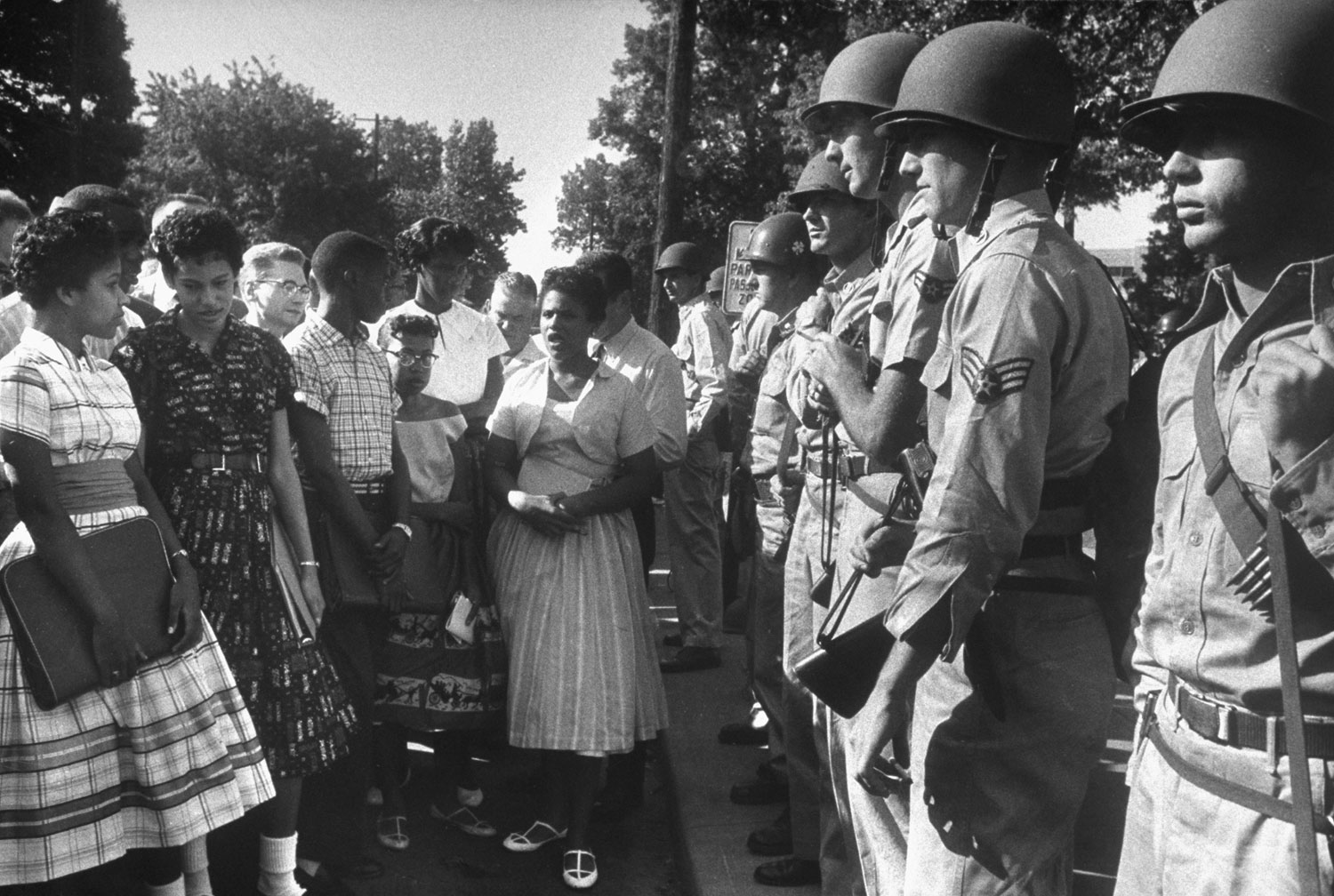



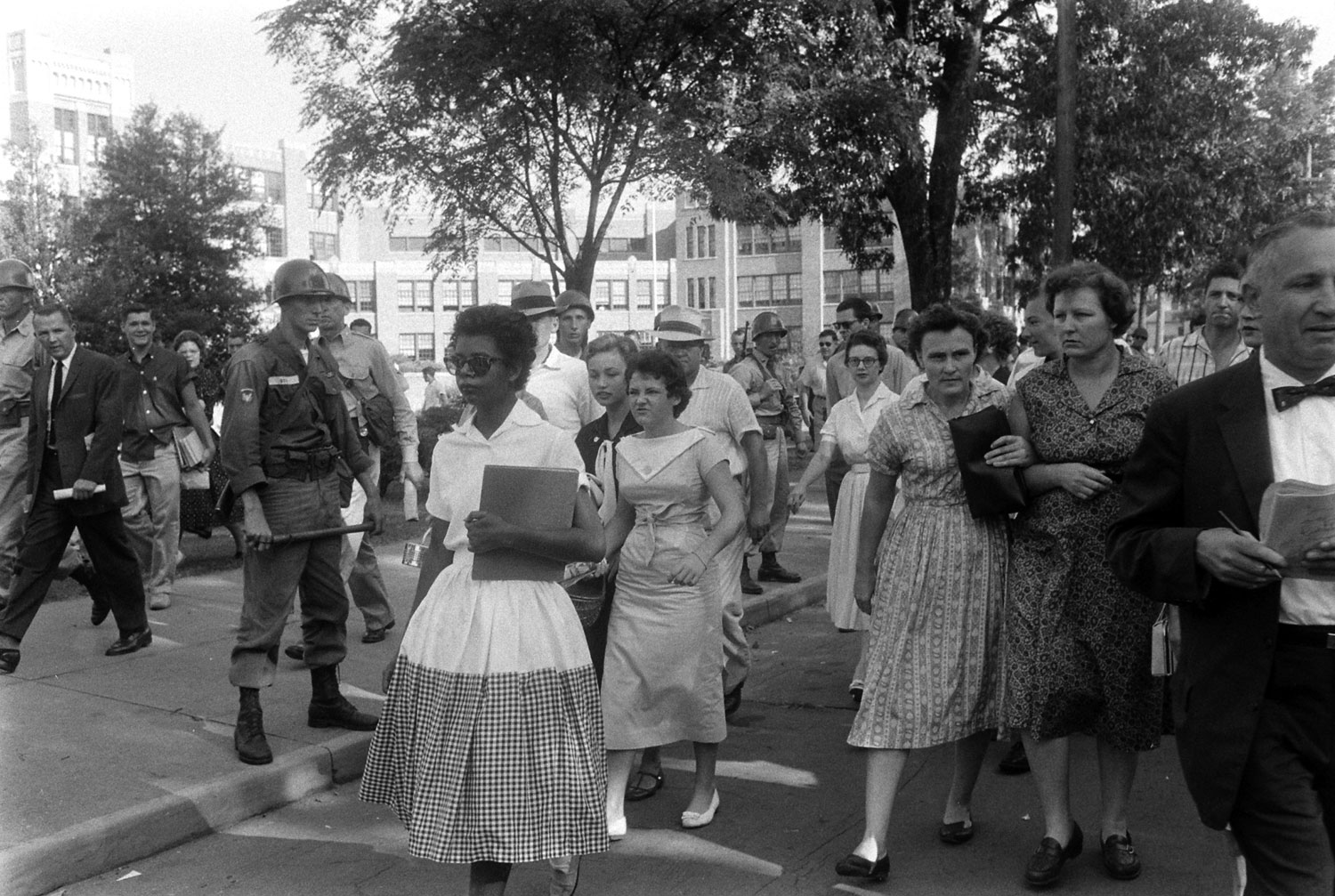
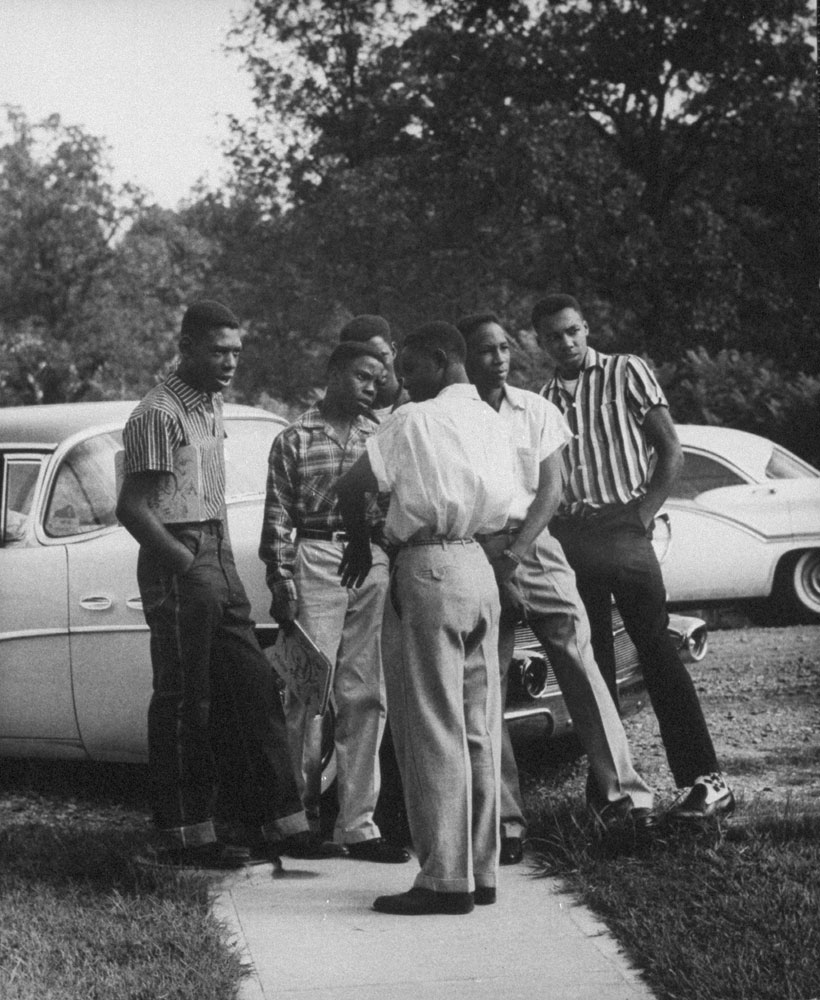


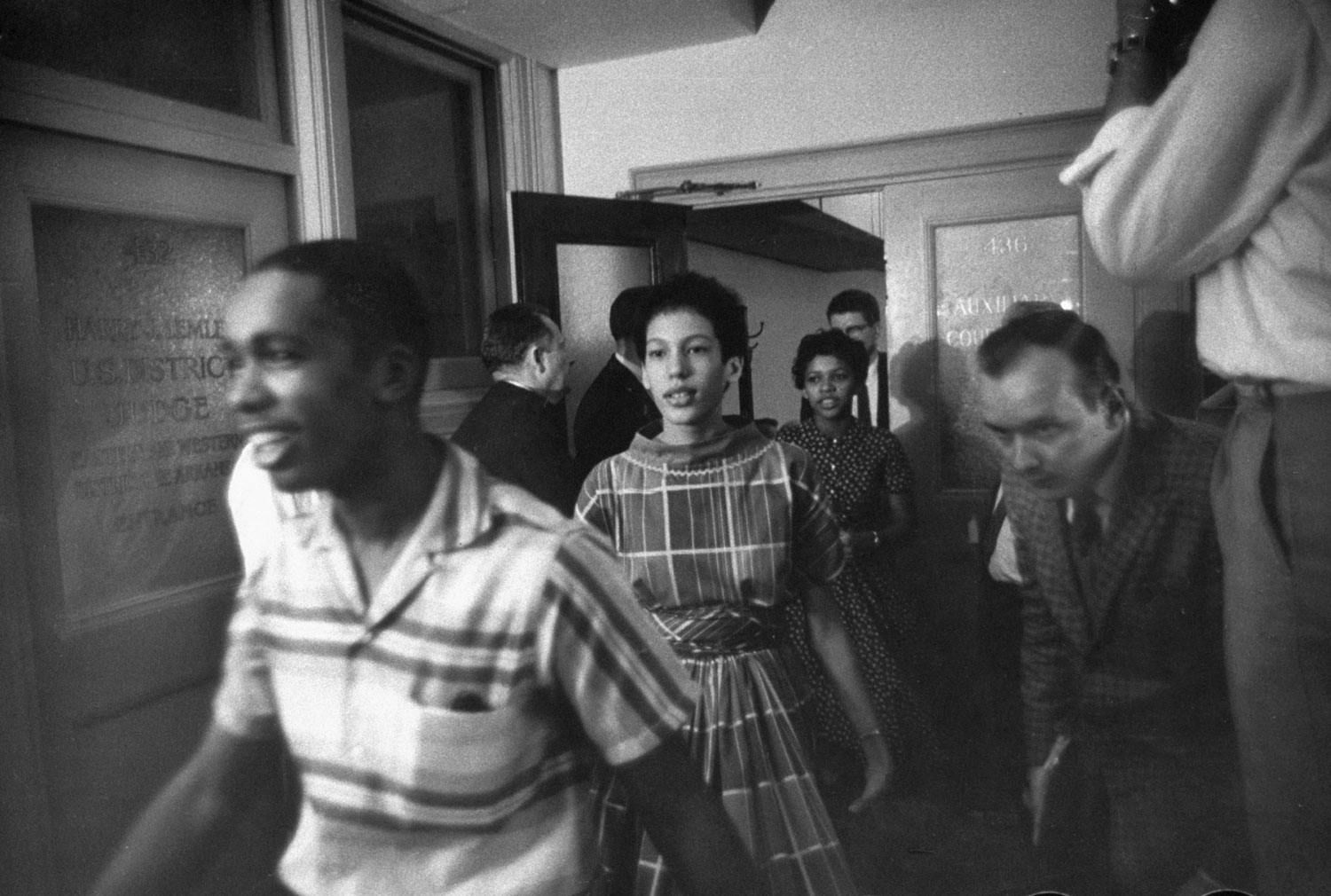

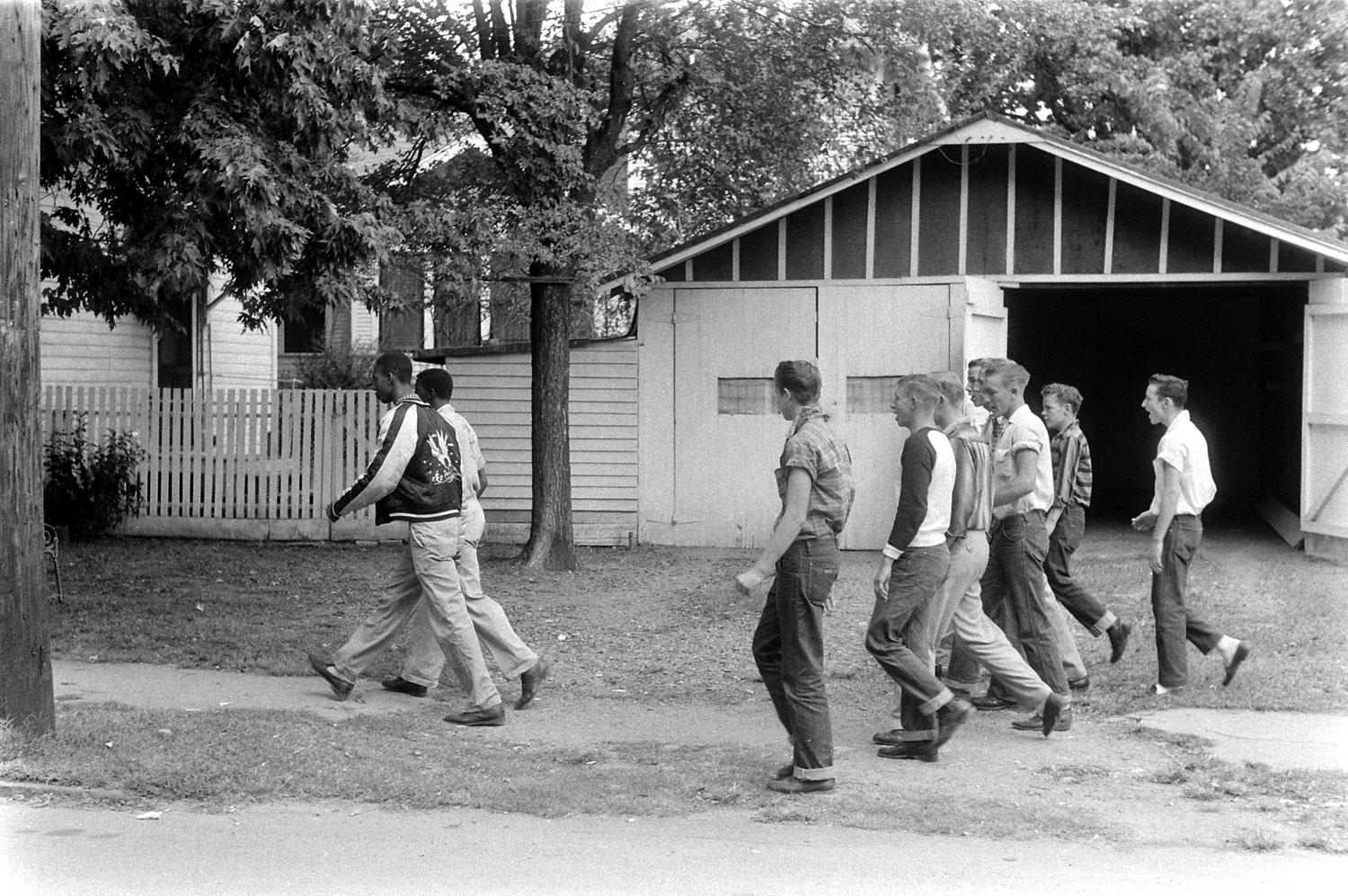
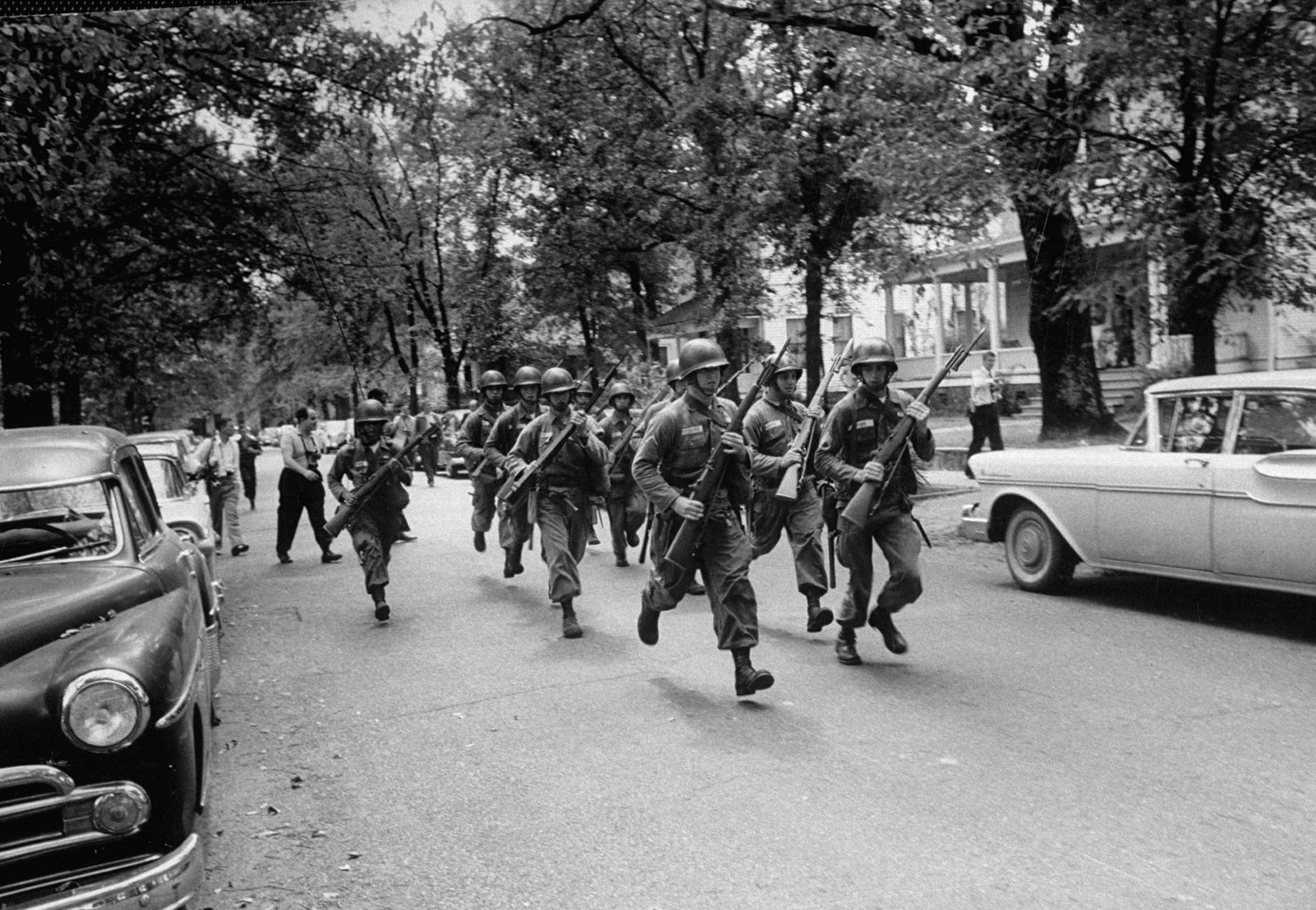


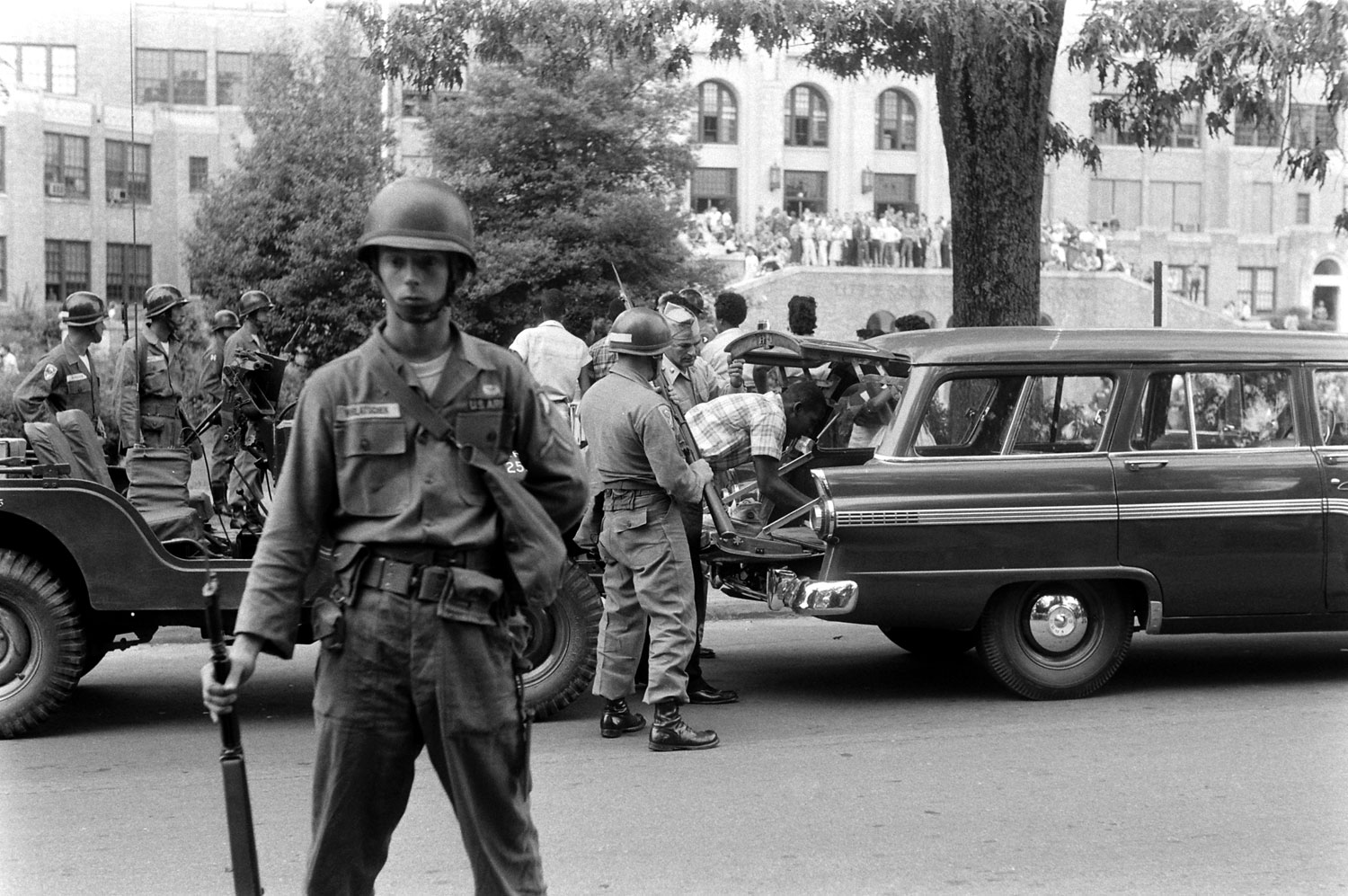

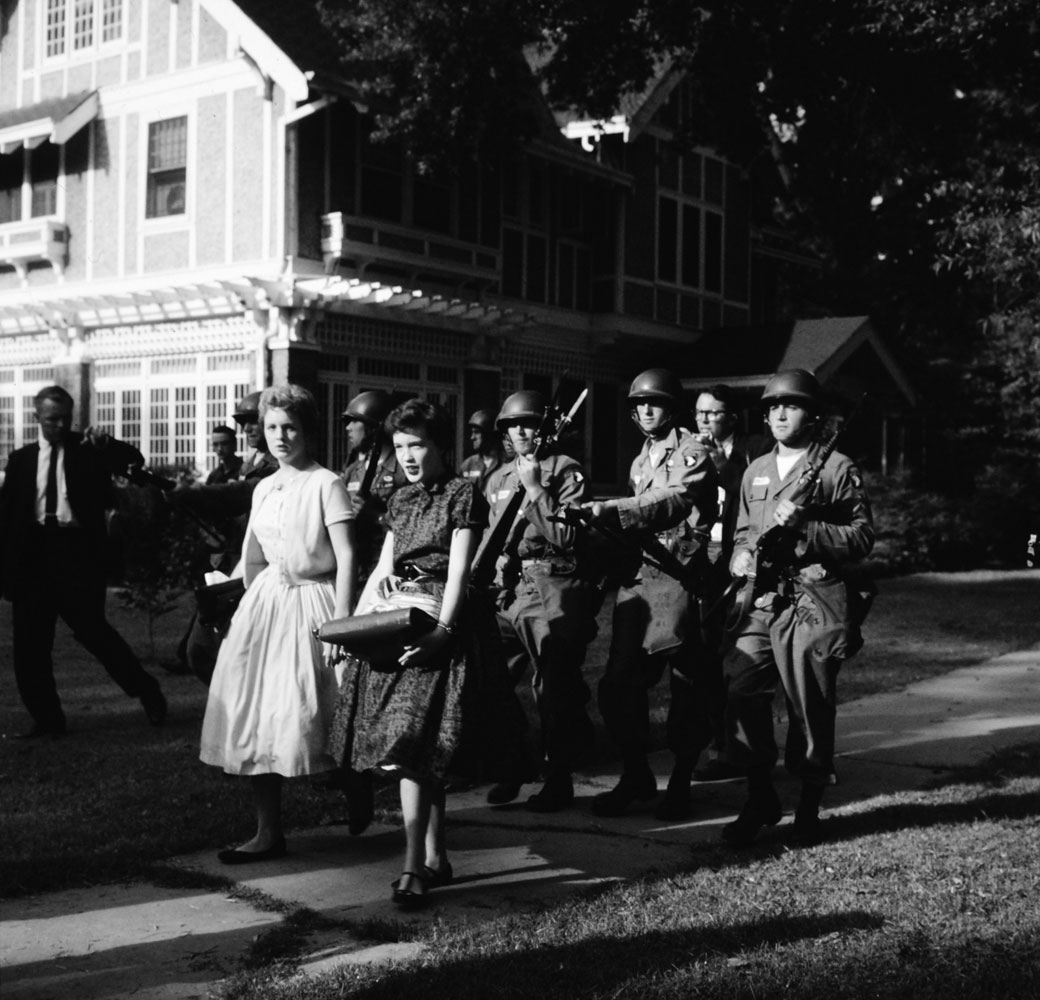




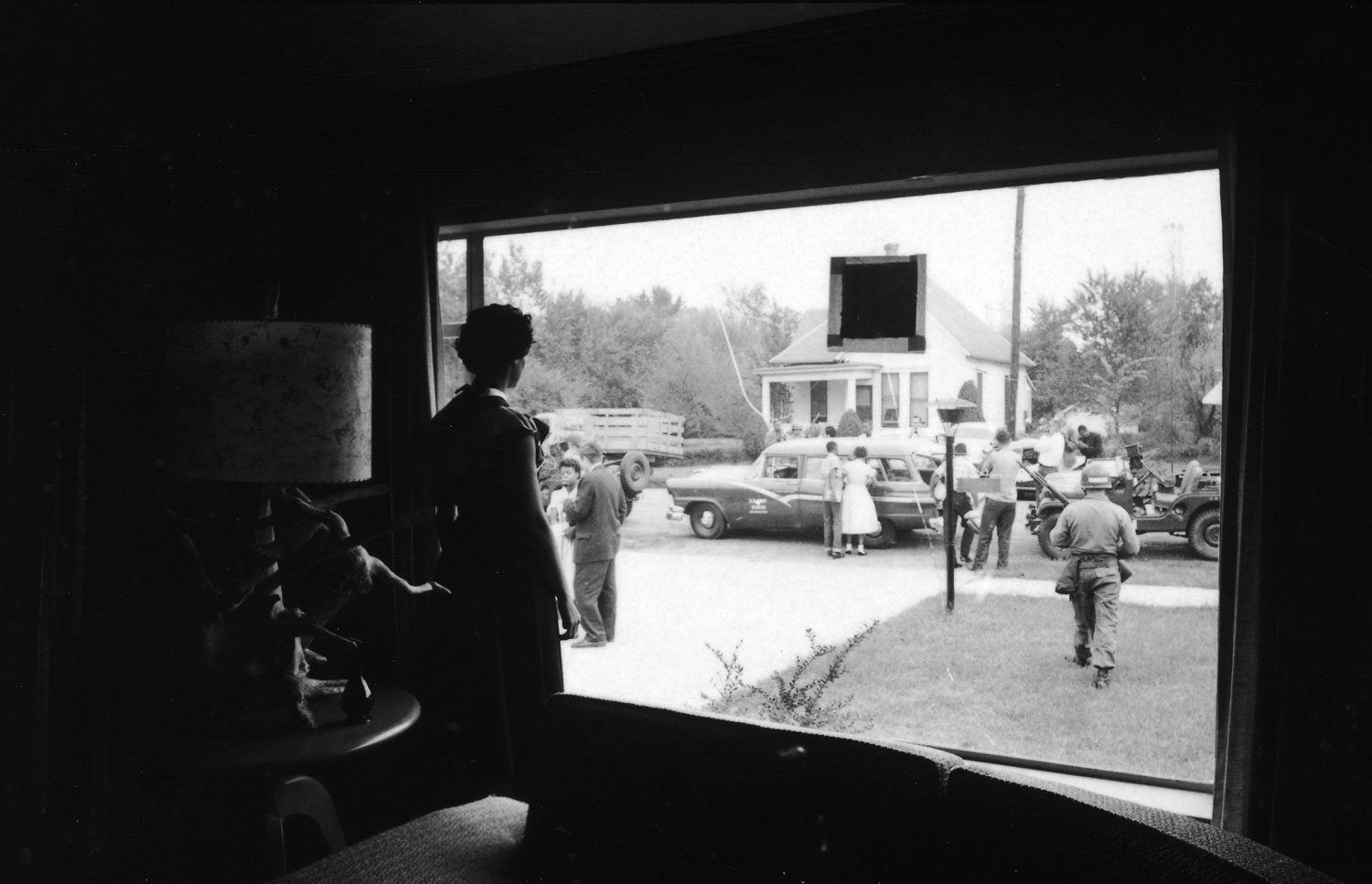
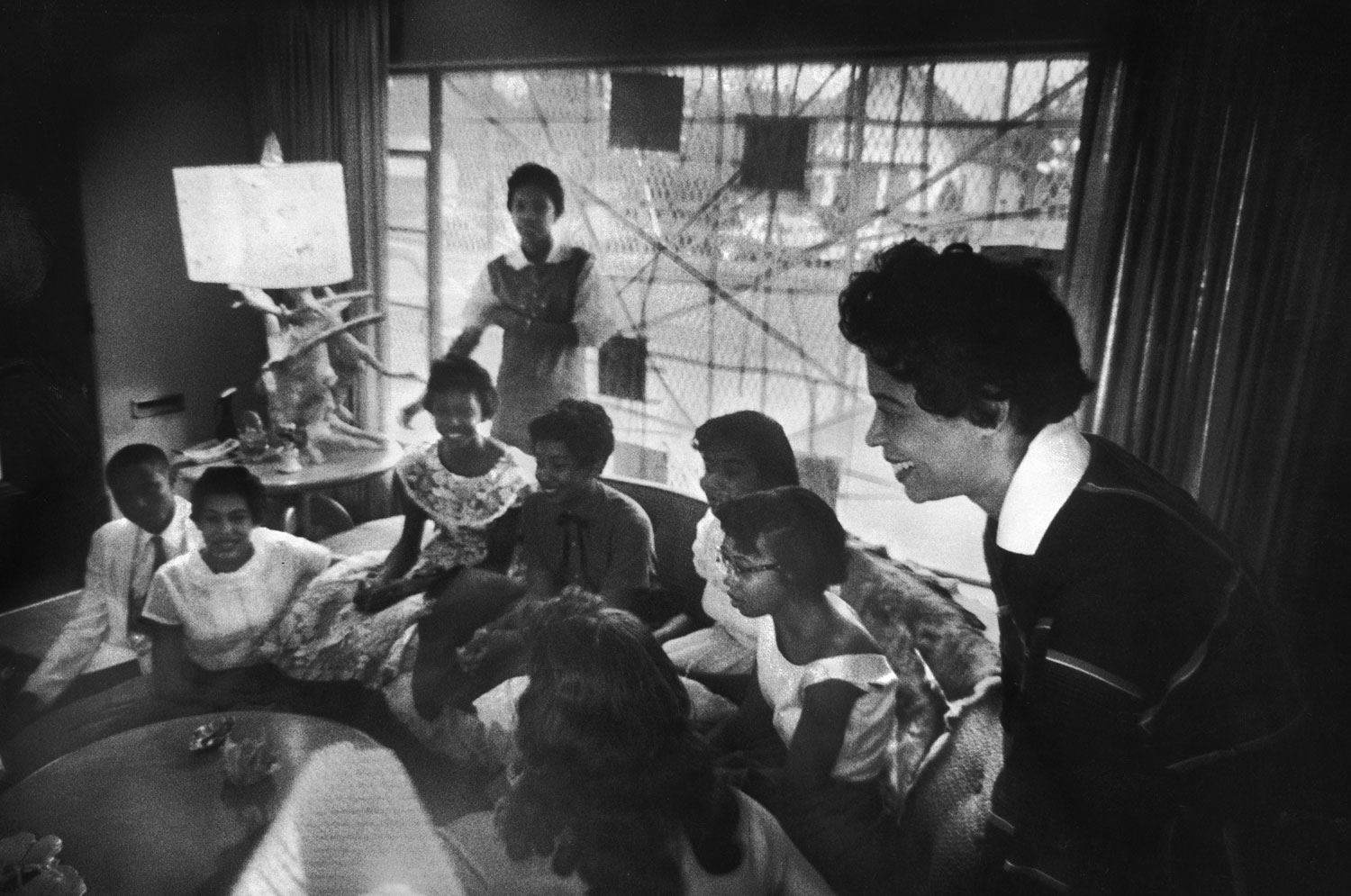
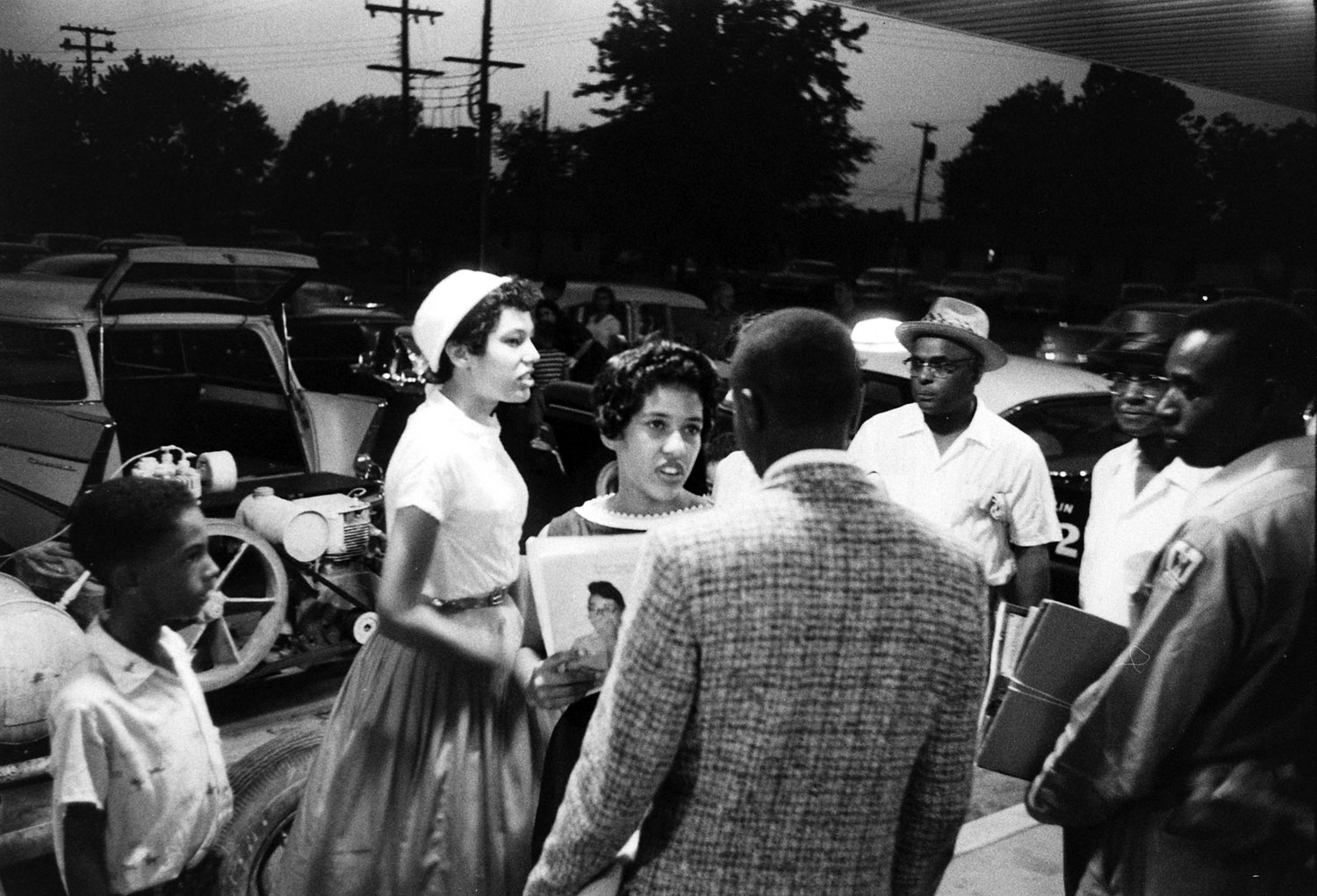


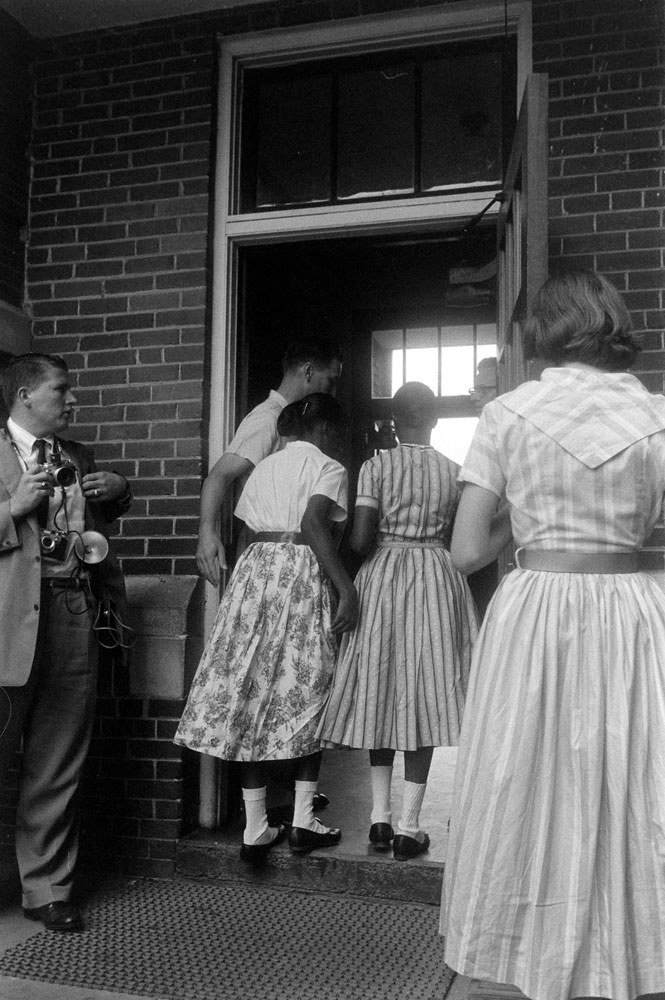
More Must-Reads from TIME
- Cybersecurity Experts Are Sounding the Alarm on DOGE
- Meet the 2025 Women of the Year
- The Harsh Truth About Disability Inclusion
- Why Do More Young Adults Have Cancer?
- Colman Domingo Leads With Radical Love
- How to Get Better at Doing Things Alone
- Michelle Zauner Stares Down the Darkness
Contact us at letters@time.com